amber
Amber is a fossilized tree resin that has been hardened over millions of years. It is renowned for its rich colors, warm glow, and natural beauty, making it highly prized for use in jewelry, ornamental items, and even for scientific study.
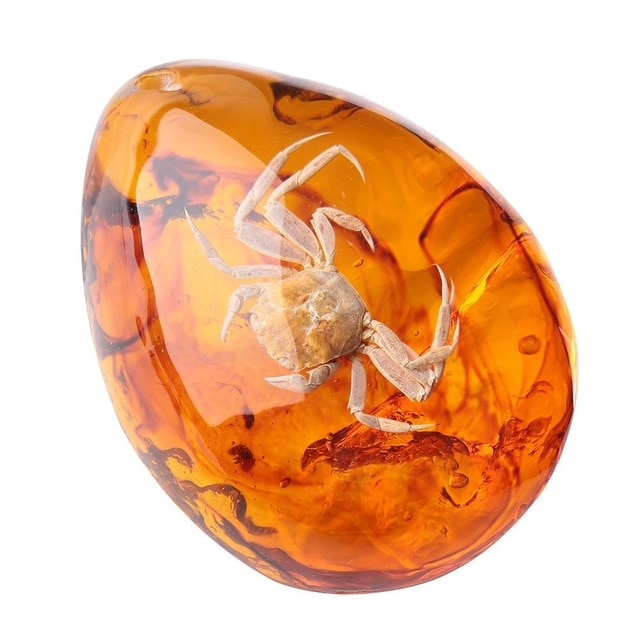
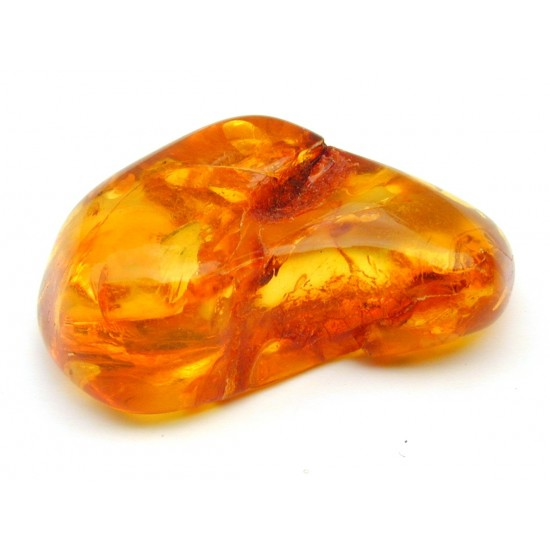
Key Characteristics:
- Composition:
- Amber is an organic material composed of tree resin that has undergone polymerization and fossilization over millions of years.
- It is made of hydrocarbons, and while it contains no crystalline structure, it can trap various organic and inorganic inclusions during its formation.
- Color:
- Amber comes in a wide range of colors, from golden yellow and honey tones to shades of red, brown, green, blue, and even black. The color often depends on the type of tree the resin came from, the age of the amber, and environmental conditions during its fossilization.
- Commonly, amber is golden to reddish-brown, but rare varieties such as blue amber, green amber, and black amber exist as well.
- Formation:
- Amber is formed from the resin of ancient trees, which oozes out, hardens, and over time, undergoes chemical and physical changes, turning into a solid fossil.
- The process takes millions of years, with amber typically dating from 30 million to 90 million years ago (some specimens can be even older).
- Inclusions:
- Amber often contains inclusions of insects, plants, air bubbles, and other small organisms that were trapped in the resin as it hardened. These inclusions are highly valuable for scientific study as they provide a snapshot of ancient ecosystems.
- The preservation of these inclusions can offer insights into ancient life forms, climates, and environments.
- Sources:
- The largest deposits of amber are found in the Baltic Sea region (Baltic amber), which is famous for its high-quality specimens. Other notable sources include the Dominican Republic (particularly known for its rare blue amber), Mexico, and Myanmar.
- Uses:
- Jewelry: Amber is widely used in rings, necklaces, bracelets, earrings, and other types of jewelry. Its warmth, lightness, and unique color make it especially appealing for adornment.
- Collectibles: Amber specimens with rare inclusions, such as well-preserved insects or plants, are highly prized by collectors.
- Art: Amber has been carved and shaped into sculptures, ornaments, and decorative objects for centuries.
- Alternative Medicine: Some cultures believe that amber has healing properties, particularly in terms of pain relief and stress reduction, although these claims are not scientifically proven.
- Properties:
- Hardness: Amber is relatively soft, with a Mohs hardness of 2 to 2.5, making it susceptible to scratching and damage.
- Lightweight: Amber is much lighter than most gemstones, making it comfortable to wear in jewelry.
- Electric Charge: When rubbed, amber can generate a static charge, an effect that ancient peoples noticed and often associated with magical properties.
- Care:
- Amber requires gentle care due to its softness. It should be kept away from harsh chemicals, prolonged sunlight, and extreme temperatures, which can cause it to become brittle or fade.
- Clean amber with a soft, damp cloth and avoid ultrasonic cleaners. It should be stored in a safe place to prevent scratches.
Varieties of Amber:
- Baltic Amber: Known for its high quality and vast range of colors, including shades of honey, cognac, and rare green.
- Dominican Amber: Famous for its inclusions of rare species of insects and its unique blue fluorescence.
- Mexican Amber: Typically found in yellow and orange tones, sometimes with interesting inclusions.
- Myanmar Amber: Known for being over 100 million years old and sometimes containing well-preserved prehistoric creatures.
Interesting Facts:
- Historical Significance: Amber has been used in jewelry and as a trading commodity for thousands of years, dating back to ancient Rome and Greece.
- Cultural Importance: In various cultures, amber has been seen as a symbol of protection, warmth, and healing.
- Scientific Research: Amber is a valuable tool in paleontology for preserving organisms and understanding the Earth’s ancient ecosystems.
Would you like help identifying amber, selecting amber jewelry, or exploring its scientific importance further?
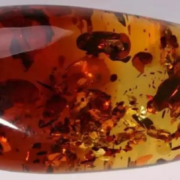
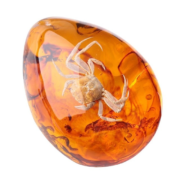
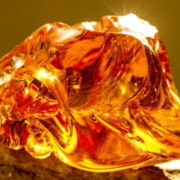
Leave a Reply
Want to join the discussion?Feel free to contribute!